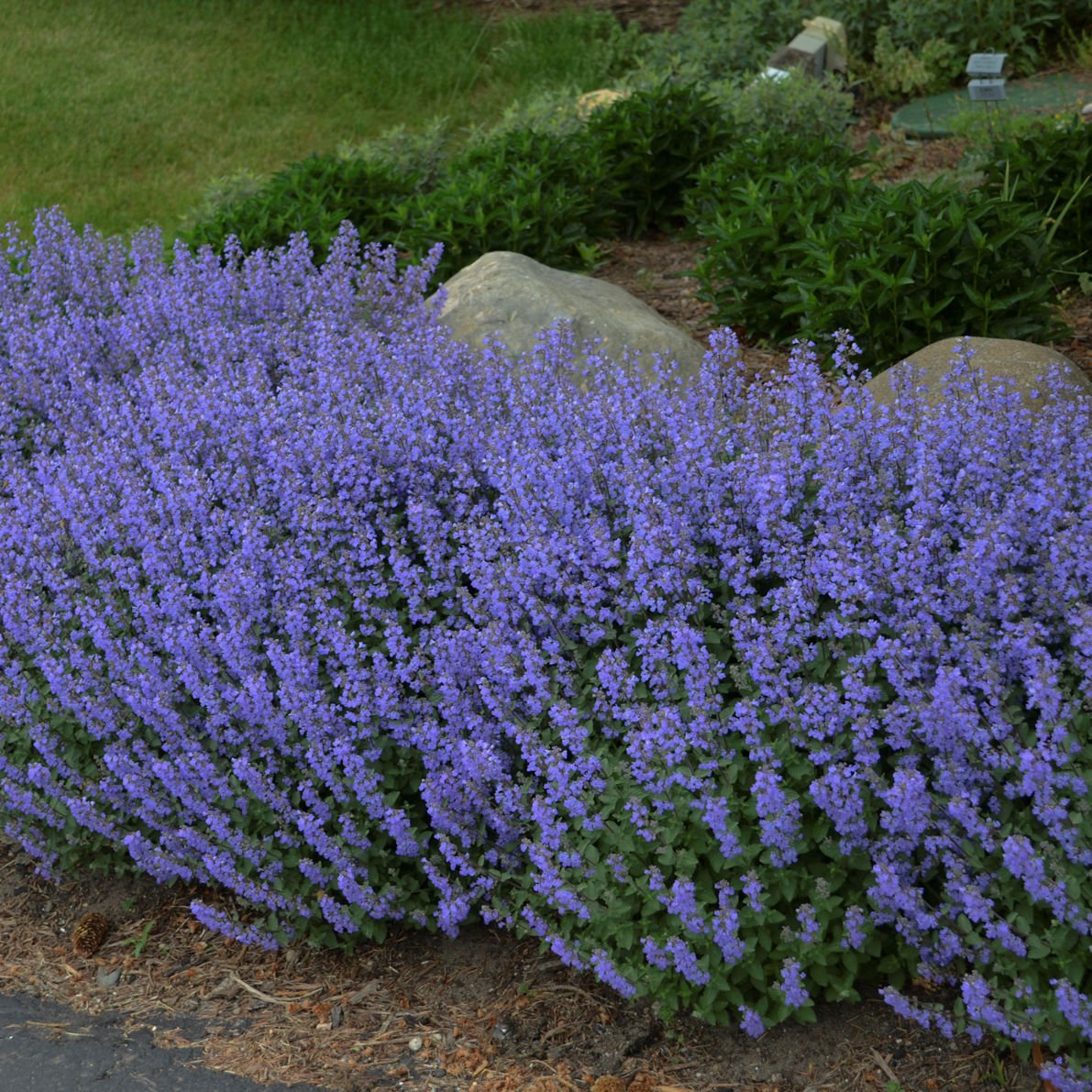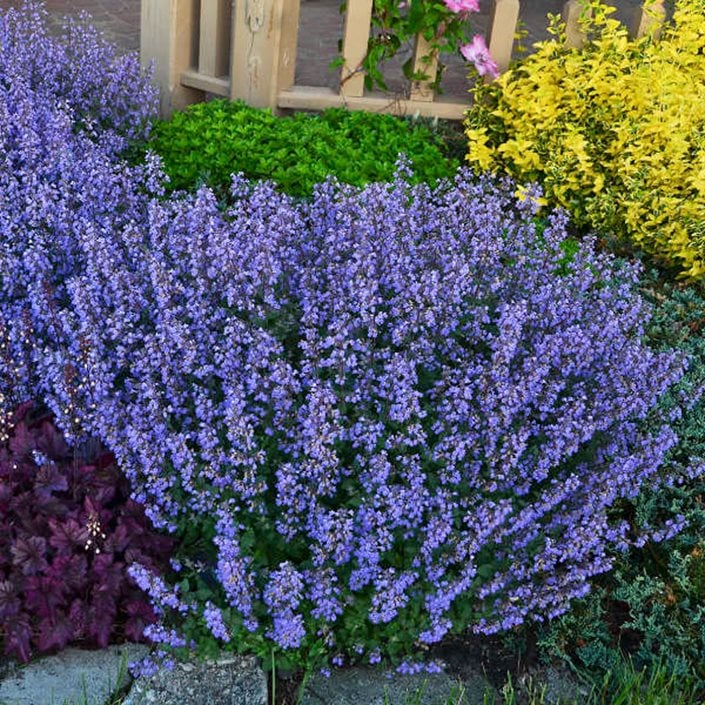

Here are 33 of the best plants for a rock garden, from small to large varieties. They share specific characteristics, including drought resistance, a preference for good drainage, and a compact growth habit. " Rock garden plants" are not a botanical classification, although many are succulents. Also, consider giving the rock garden contrast with outcroppings of tall plants along a plant border, shoots of whispy texture, or a small burst of color with seasonal flowers. When arranging plants with rocks, you can get a natural look by not planting in rows or patterns instead, use a variety of plants and different heights, like perennials, ornamental grasses, small shrubs, and creeping groundcovers to balance the hardness of the rocks.

Different pests do different types of damage to your plant. To find out what is eating your mint leaves, look at the damage pattern. However, it is often difficult to detect what pest is damaging your mint leaves. The beauty of a well-planned rock garden is the rocks and plants work together to enhance the total impact it's organized but, when done well, looks natural and not forced. Predators eating your mint leaves include flea beetles, spider mites, and aphids. It typically includes a softscape of perennial and annual plants suitable for a rocky substrate-sometimes with no soil. cataria, commonly known as catnip, catwort, or catmint, is a traditional medicinal herb and the one we typically use to intoxicate our cats, though others in the genus may be attractive to felines as well. The Spruce Home Improvement Review BoardĪ rock garden-sometimes known as a rockery or alpine garden-is a planting area designed with a hardscape featuring a selection of gravels, rocks, or boulders.

Look for any dead, diseased, or leggy stems, as well as any stems that are growing out of shape. Identify the stems that you want to prune.


 0 kommentar(er)
0 kommentar(er)
